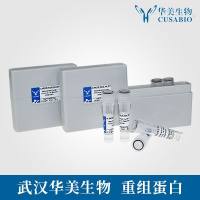Hypertrophic scar formation represents an abnormal wound-healing response following thermal injuries or partial-thickness wounds. Specific growth factors, cytokines, extracellular matrix molecules, and proteinases that are known to alter cell proliferation and migration have been implicated in the generation of hypertrophic scars. However, the etiology of hypertrophic scarring has not been identified. Given the complex molecular mechanisms of wound repair, differences in expression of isolated functional genes alone may not sufficien explain clinical variations. Other genes, such as transcriptional regulators, control response to injury and may provide a more comprehensive explanation for the different responses to injury. Gene expression by Northern blot analysis or in situ hybridization (ISH) to determine levels of mRNA in tissue samples limits the study of tissues to a single gene and requires a large amount of sample. Reverse transcriptase polymerase chain reaction (PCR) and ribonuclease protection assays allow detection of smaller amounts of mRNA in less tissue but are still restricted by the limited number of genes that can be targeted per assay and by the time involved. With the advent of cDNA microarray technology, a broad-scale evaluation of differential gene expression in hypertrophic scar formation is attainable (1 -5 ). This technology permits simultaneous broad evaluation of previously unsuspected genes such as cell signaling and transcription genes.






